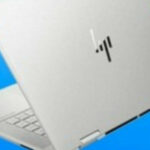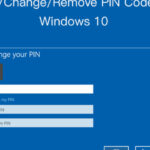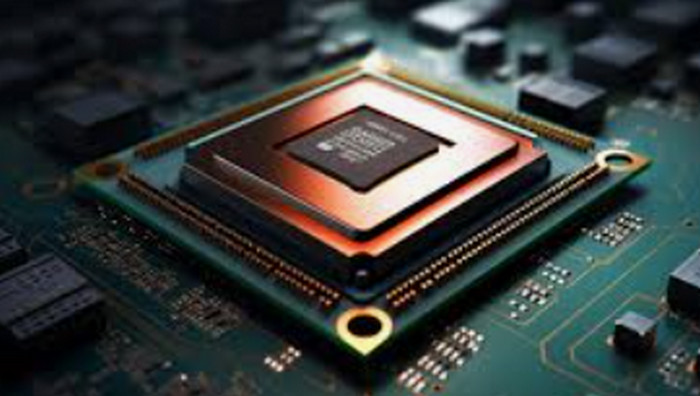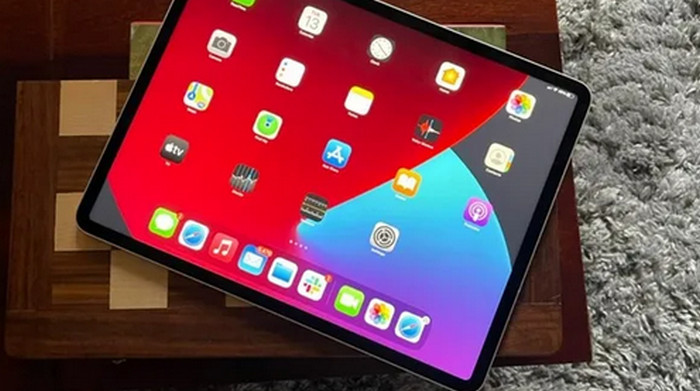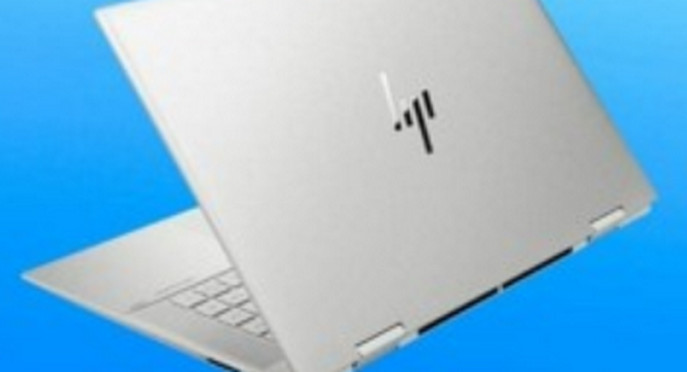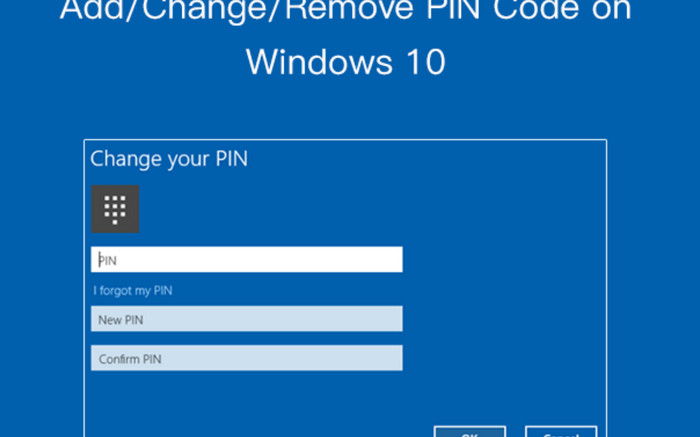Knowing computer hardware is essential for anyone wishing to construct, enhance, or repair a computer. This manual addresses the fundamental parts of a computer, describing their roles and how they cooperate to provide dependable performance.
CPU, or central processing unit
The Computer’s Brain
Often referred to as the computer’s brain, the CPU carries out computations and software commands. It’s essential for overall performance and processing speed. Well-known CPU producers are AMD and Intel.
Motherboard
The Core
The primary circuit board that links each component of the computer is called the motherboard. It offers the required slots and sockets for peripheral connections, RAM, storage devices, and CPU. The chipset, which controls data flow between the CPU, RAM, and other peripherals, is also housed on the motherboard.
RAM stands for Random Access Memory.
Short-Term Storage
RAM is the computer’s temporary storage, where data that is being utilised or processed right now is kept. Improved multitasking and quicker data access are made possible by more RAM. RAM is available in several varieties, including DDR4 and DDR5, and is measured in gigabytes (GB).
Devices for Storage
Enduring Preservation
All of the data on your computer, including the operating system, programmes, and files, is stored on storage media. Solid-state drives (SSDs) and hard disc drives (HDDs) are the two primary types of storage. Although SSDs cost more than HDDs, they are more dependable and speedier.
GPU, or graphics processing unit
Managing Images
Animations, movies, and images are rendered by the GPU, or graphics card. It’s essential for graphic design, video editing, and gaming. GPUs can be dedicated (separate cards) or integrated (incorporated into the CPU). Leading GPU makers are AMD and NVIDIA.
Unit of Power Supply (PSU)
Giving Power
The power supply unit (PSU) transforms electrical power from outlets into a form that computer components can use. The motherboard, CPU, GPU, storage devices, and other peripherals are all powered by it. The power needs of your system should be met by the PSU’s wattage.
Cooling Mechanisms
Controlling Heat The computer is kept from overheating by cooling equipment like fans and heatsinks. Liquid cooling is also an option for high-performance systems. Sustaining performance and prolonging the life of your components depend on efficient cooling.
Devices for Input and Output
User Communication
Keyboards, mice, and scanners are examples of input devices that let users communicate with computers. Monitors, printers, and speakers are examples of output devices that show information and offer feedback. Numerous ports are used to connect these devices to the computer.
Network Elements
Linking to the Internet Computers can be linked to the internet and other networks by means of network components like Ethernet cards and Wi-Fi adapters. These parts can be installed as separate expansion cards or integrated into the motherboard.
In summary
Comprehending the fundamental elements of a computer is imperative for constructing, enhancing, and preserving a system.



